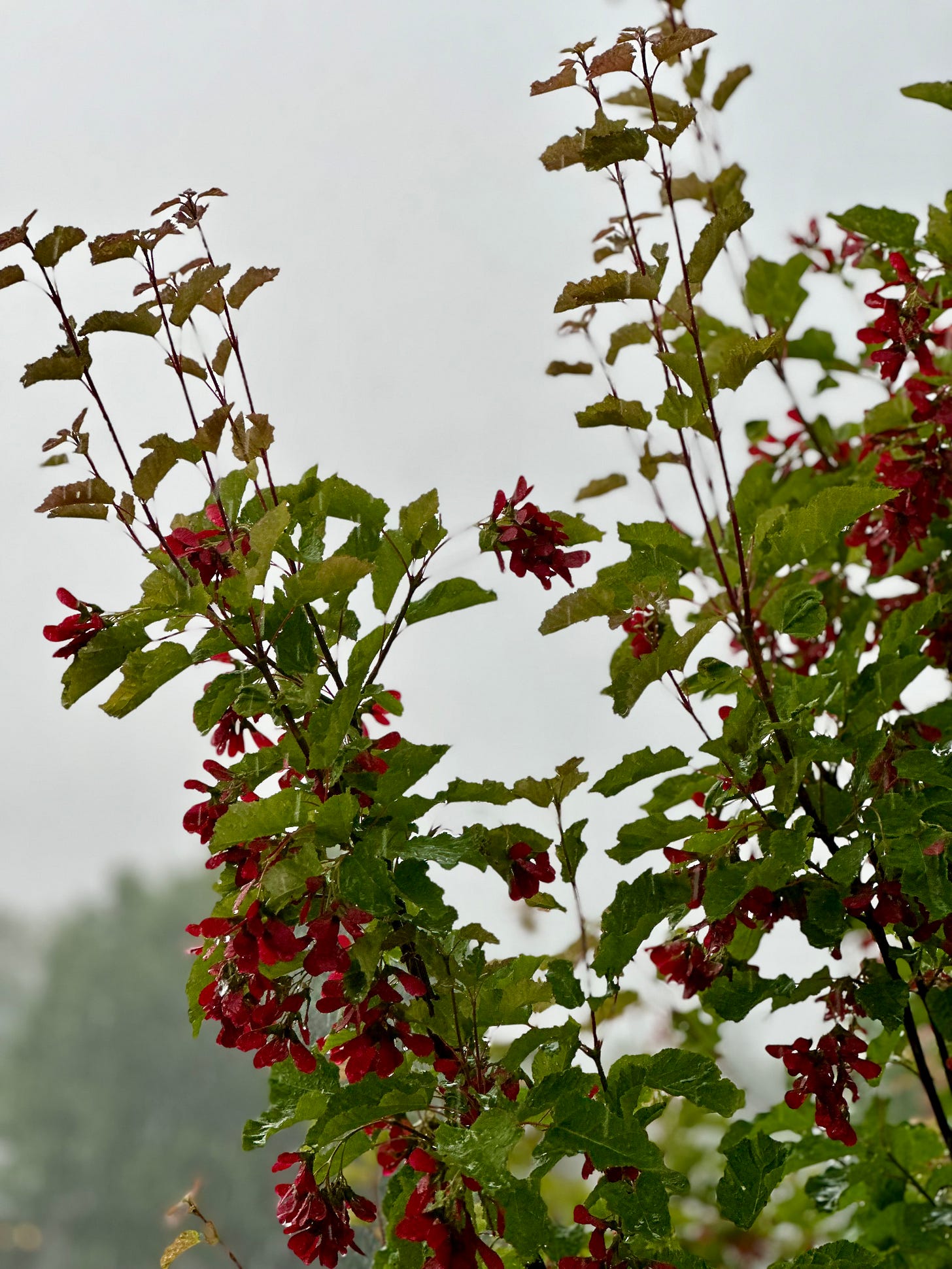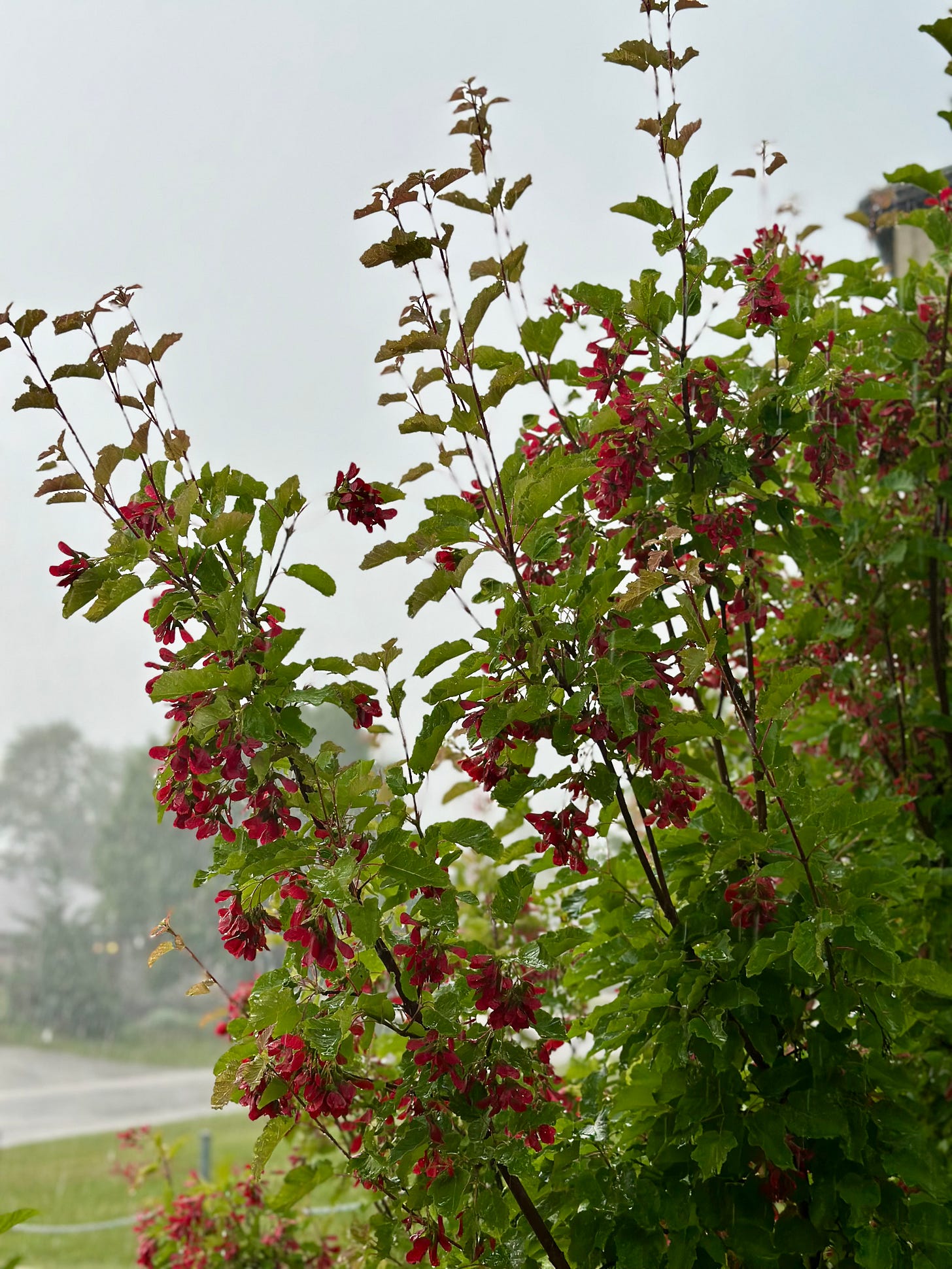I was taught the power of facing fear very young.
As a child, I was naturally afraid of thunderstorms. My parents, having no interest in unnecessary fear, would bundle me in blankets and sit me outside on the deck as storms rolled in, keeping me comfortable and safe between them as we watched.
The bugs would hum around us, the wind chimes signaling the oncoming storm before the thunder rolled in the distance. At the time, we lived on a forested property along a river. We would stay out there until the rain began, and then I would be tucked into bed.
I'm not sure how many sessions it took for me to lose my fear of thunderstorms as a child, but the fear has been completely absent since.
This afternoon, a few of decades later, I was struck by the similarity between that childhood memory and the introspective work so central to somatic-based therapies.
The turning point for many in reconnecting with themselves and their bodies is developing the capacity to be curious about their inner feelings and emotions. In mindfulness, we often compare our inner felt states (thoughts, sensations, emotions, etc.) to weather. We can train ourselves to watch as these systems move through us, and for those who haven't had safe ways to express emotions, witnessing what's actually there with curiosity becomes the first step to healthily integrating past experiences.
We must face the incoming storms (or echoes of past storms) from a place of curiosity if we are to transform our fear of those storms.
Preferably from a place of safety, with co-regulators available and a snug blanket to hold us steady.
It's from this place we also begin to trust our ability to express ourselves and be received. Fear holds much less restrictive power when paired with curiosity.
Through curiosity, we can recognize the natural necessity of thunderstorms, just as much as sunny days.
One of the most common early realizations in somatic work with clients is that sensations and feeling states, once witnessed, tend to change and evolve—even those that have felt chronic to our perception for some time. The grip these sensations held was created by our very avoidance of the potential threat they represented; a hold that softens or releases entirely through mindful attention and spaciousness.
Wonder replaced fear for me in those early years of thunderstorm exposure therapy. I don't remember exactly when or how—only that the first signs of a storm began to awaken a part of me that could rest into awe.



